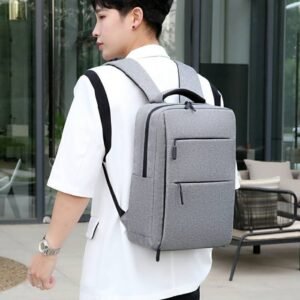How does the backpack handle harsh weather conditions?
Adverse weather can spell disaster for an ill-prepared backpack. Whether you’re commuting, hiking, or just out for a casual stroll, it’s critical that your backpack stands up to nature’s tests. Why? Because a good day can quickly turn sour if your valuable items are drenched or damaged.
In essence, the best backpacks are designed with materials and features that effectively combat heavy rain, snow, and other adverse weather conditions, keeping your belongings safe and dry.
Table of Contents
Understanding the Need for Weatherproof Backpacks
The Perils of Bad Weather for Backpacks
Rain and snow don’t just make your backpack wet; they can damage its material and the contents inside. Ever had a notebook turn into a pulp or your tech gadgets short-circuit? It’s not fun.
Impact on Materials and Contents
Water can seep into fabrics, causing them to weaken over time. Meanwhile, the items inside risk water damage, mold growth, or even complete ruin, especially for electronics.

Materials Used in Weatherproof Backpacks
Nylon and Polyester: Water Resistance
Nylon and polyester are popular choices because of their natural water-resistant properties. But what makes them truly effective against rain or snow?
Treatment and Coating Processes
These materials often undergo special treatments or coatings, like Durable Water Repellent (DWR), which prevents water from being absorbed, making droplets simply bead up and roll off.
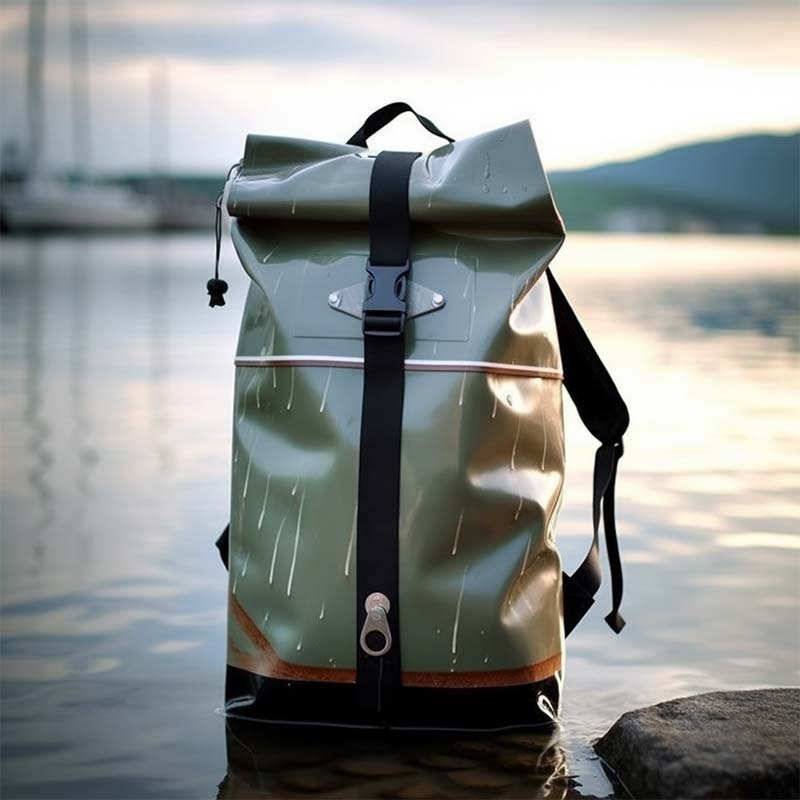
Features of Weatherproof Backpacks
Zippers and Sealants
A backpack’s material could be the most water-resistant on the market, but if the zippers let water in, what’s the point?
Waterproof or weatherproof backpacks often have rubberized or sealed zippers to keep the contents safe.
Ventilation and Breathability
It’s not just about keeping water out; a good backpack also allows for breathability, ensuring that moisture from inside (like from a sweaty shirt) can escape.
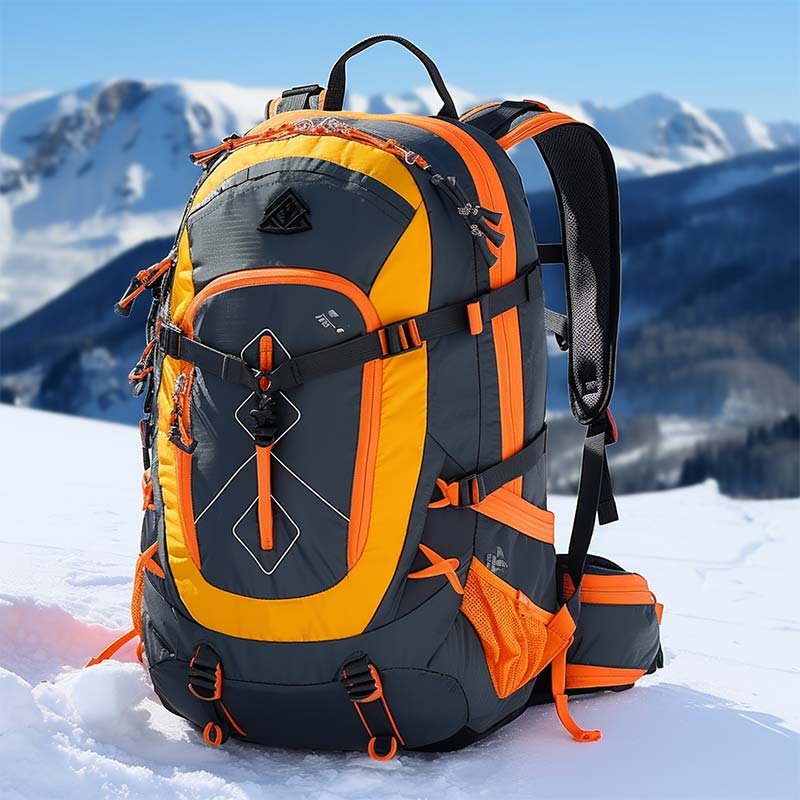
Snow vs. Rain: Different Challenges
Cold Weather Materials
Snow presents different challenges. Cold can make materials brittle, and if they aren’t designed for low temperatures, they might crack or tear.
Designs for Snowy Conditions
Some backpacks are designed with snow skirts or other features to prevent snow from entering or melting into the bag, ensuring contents remain dry and undamaged.
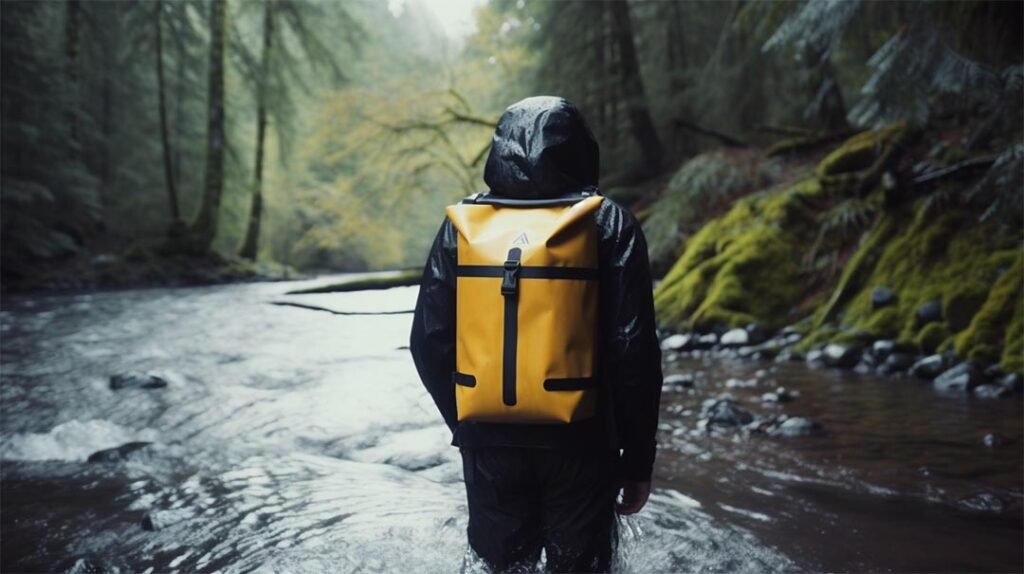
Proper Care for Longevity
Post-Exposure Treatments
After exposure to heavy rain or snow, empty the backpack and let it air dry. If it’s been in saltwater or exposed to road salts during winter, rinse with fresh water first.
Regular Maintenance Rituals
Periodically reapply DWR treatments if your backpack starts absorbing water, and regularly check for any damages or wear to maintain its weather resistance.
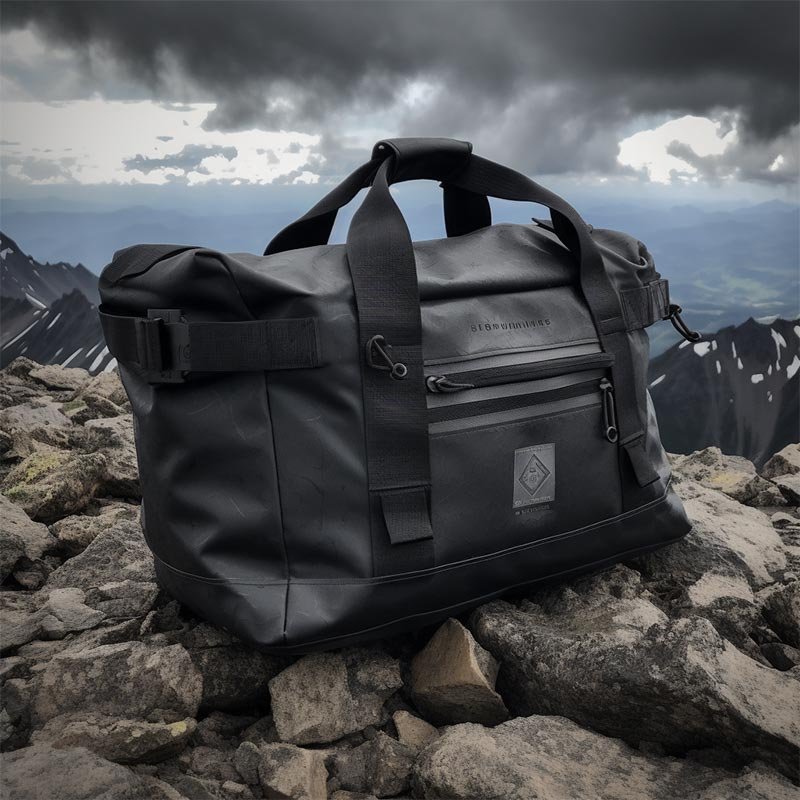
Conclusion
In conclusion, the resilience of a backpack in adverse weather conditions boils down to its material, design, and the care it receives.
By choosing a backpack with the right features and giving it the maintenance it deserves, you can ensure it stands up to rain, snow, and anything else nature throws at it.
FAQs
While it might not be as effective as a purpose-built weatherproof backpack, using sprays or treatments like DWR can enhance its resistance to water.
It depends on usage. If your backpack starts wetting out (absorbing water), it's time for a reapplication.
Not necessarily. While most will resist snow, those designed for snowy conditions have special features like snow skirts.
It's advisable, especially if you carry electronics. Even brief exposure to rain can damage some items.
Gentle hand washing is best. Avoid harsh detergents and never put it in a dryer; instead, air dry.
In the journey of life, while weather may be unpredictable, ensuring our belongings are safe from the elements is a step towards being
POPULAR NEWS
What Is the Best Alternative to a Backpack?
Where Can I Buy Backpacks for My Trip?
Send Your Inquiry Right Away
Learn more about backpack customization.
CATEGORIES
Other Related Articles


Are there any innovative features or technologies incorporated into the backpack design?
Share on facebook Share o

